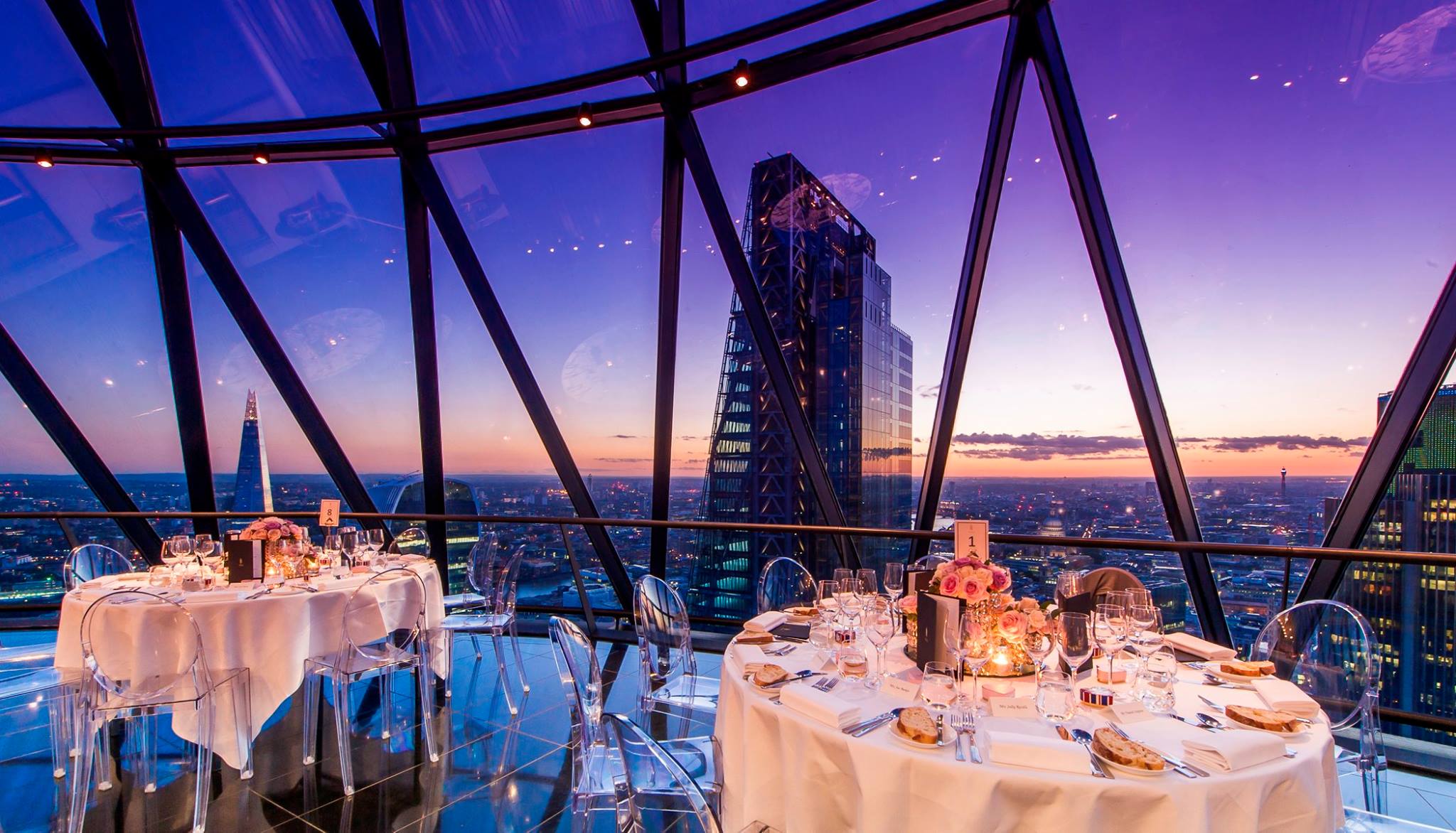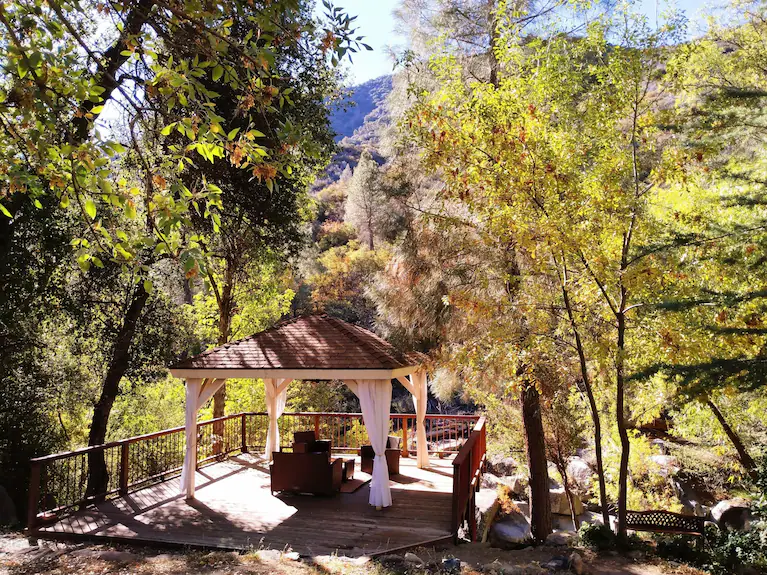London knows how to show off, it always has. Old theatres, grand hotels, glass towers rising by the river. The city’s been mixing spectacle into daily life for centuries. But lately the game has shifted. In the last decade the high-end spots have gone further, pushing glamor until it almost tips over. These aren’t just rooms to eat or drink in. They’re built like stages, everything placed with intent, every light and sound arranged to make you feel like you’ve stepped into a performance.
First Impressions That Hit Hard
You feel it before you sit down. Big doors, bright marble steps, an entrance that tells you to stand taller as you walk through. Staff who greet you like they’ve been trained for theatre, sharp moves, voices pitched just right. It’s not casual. You don’t wander in, you arrive. That moment of arrival is part of the show.
Spaces That Look Like Scripts
The design counts just as much as the service. Ceilings pushed high on purpose, mirrors throwing light around so the space feels larger than it really is. Brass, marble, dark wood, sometimes pure glass and steel. Nothing feels random. Chairs placed like props. Tables angled for sight lines. You start to think the building itself is rehearsed, every detail hitting its mark.
Light Doing the Talking
The light tells the story. Bright when the night starts, dimmer as it stretches on. Chandeliers sparkle at the beginning, shadows take over later. A table at eight feels different than it does at midnight, even though you haven’t moved an inch. Colors sometimes change too, soft blues or golds washing over walls. Nobody says anything but the whole room feels it.
Plates and Glasses as Small Shows
Food and drink arrive not just to feed you but to be seen. A dish set down like an exhibit, cocktails steaming, glasses catching the glow. It’s theatre. Chefs know it, bartenders know it, and they lean into it. Phones snap the shot before forks hit the plate. But it isn’t empty flash—most of the time the flavors land too, so the style doesn’t hang alone. Presentation becomes part of the taste.
Guests as Cast Members
You can’t separate the crowd from the glamour. People dress to be noticed. Suits cut sharp, dresses that catch the eye, watches placed on wrists to be seen. Guests study one another, a quiet competition in style. That’s what gives spaces like London Reign its buzz and flair. The audience isn’t only watching, they’re being watched, and the loop of attention keeps building.
Technology Working Quietly
Underneath all the shine, tech runs the scene. Speakers hidden in ceilings shifting sound depending where you stand. Walls that project changing images. Systems adjusting volume as the night goes on. You barely notice until it isn’t there. But it’s what makes the night feel smooth, as though the space itself is alive.
Corners for Privacy
Behind the spectacle, there are always tucked away corners. Velvet curtains hiding smaller rooms, alcoves that feel like escape routes. A couple can pull away without leaving the energy behind. The balance matters—part of the stage, but private enough to write their own script inside it.
Service on Cue
The best service in these venues is rehearsed but doesn’t show it. Glasses filled without a word, coats waiting before you think to ask. Staff step in, step out, like choreography. Everything happens at the right second, so you feel cared for without ever being distracted from the show around you.
Moments of Surprise
Predictable glamour gets boring. The modern venues know it. That’s why there’s always a surprise. A sudden live act, a dish brought out differently than you expected, a corner detail that grabs your eye. Doesn’t need to be big—just enough to jolt the night, give you something new to carry away. Guests leave with stories, not just meals.
London as the Constant Backdrop
Part of the spectacle is the city outside. A rooftop glass bar looking over rooftops that have been there two hundred years. A digital-heavy restaurant sitting next to a Georgian townhouse. The mix is part of the charm. Tradition against modern shine, old brick meeting steel and light. You’re not just in a venue, you’re in London itself, and the city steals some of the spotlight every time.
Why Glamour Matters Beyond the Night
Being there is more than being served. It’s being seen. Photos taken, stories told later, names dropped into conversations. The glamour carries outside the walls, it becomes part of how people present themselves later. That’s half the point. Venues understand it, they lean into it, creating spaces that are as easy to share as they are to remember.
The Lasting Effect
At the end, what makes London’s high-end modern venues so powerful is how long the memory lingers. The staging, the food, the lights, the people—they blend until it feels like you were part of a play. You walk away not just saying you ate or drank somewhere, but that you experienced something. Glamour becomes more than surface; it becomes the story you retell. That’s why people return.
No one cares about the food or the wine. You can get good food and drinks anywhere. Those details fade fast. What sticks is the way the room felt when the doors first opened, or how the staff seemed to move in rhythm, or how a small moment with whoever you were with felt bigger because of the setting. These places know how to build an atmosphere that works on you quietly, so later, even days after, you catch yourself going back to it in your head.
What really sticks is how these places swing between theatre and closeness. One second it’s the light bouncing off glass, the next it’s someone serving you with just the right timing, or a line of music catching the whole room. It’s not about having everything happen all at once. It’s not shock and awe. It’s the small things. Like an attentive partner. That’s what keeps people coming back night after night after night.











